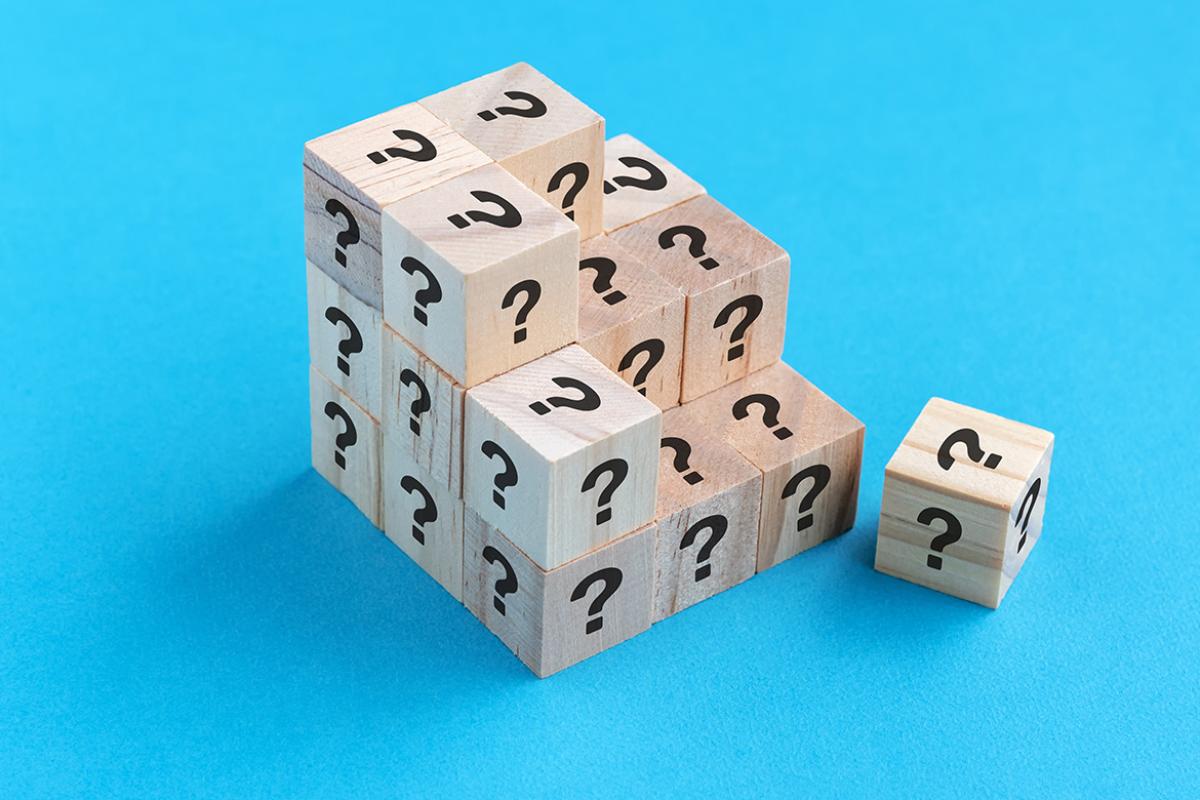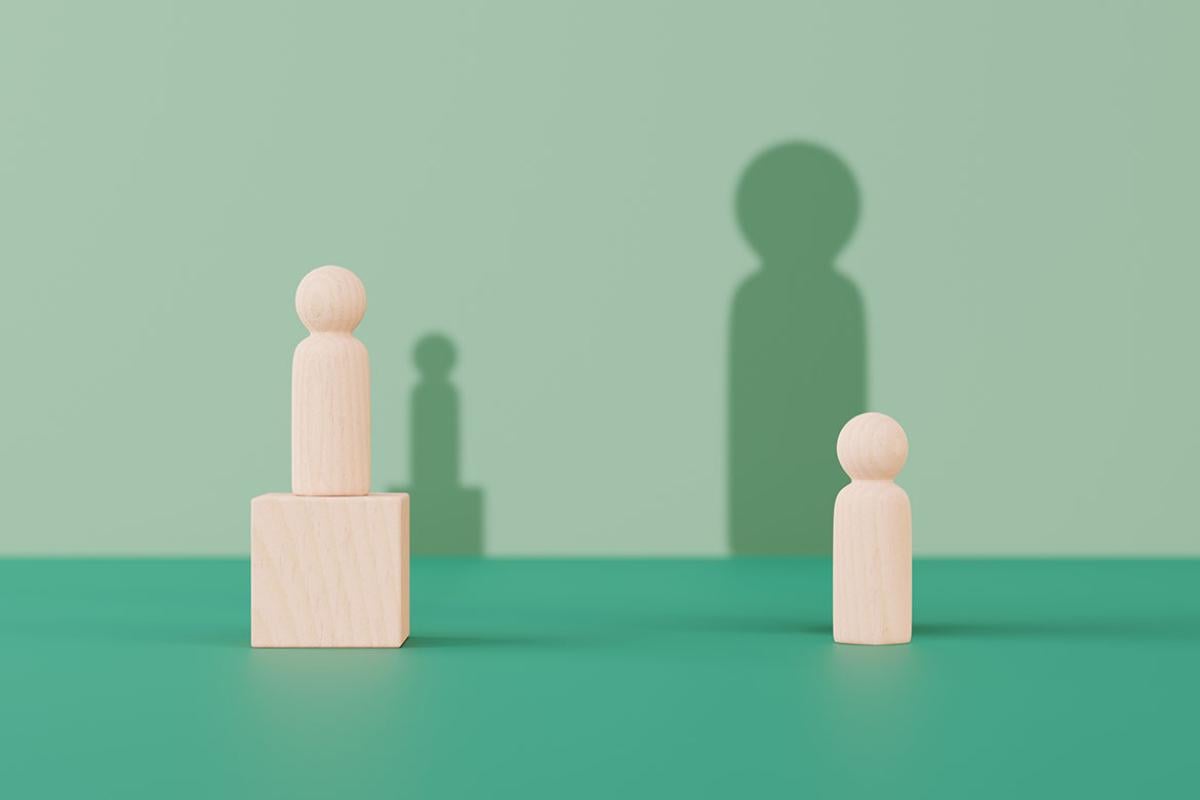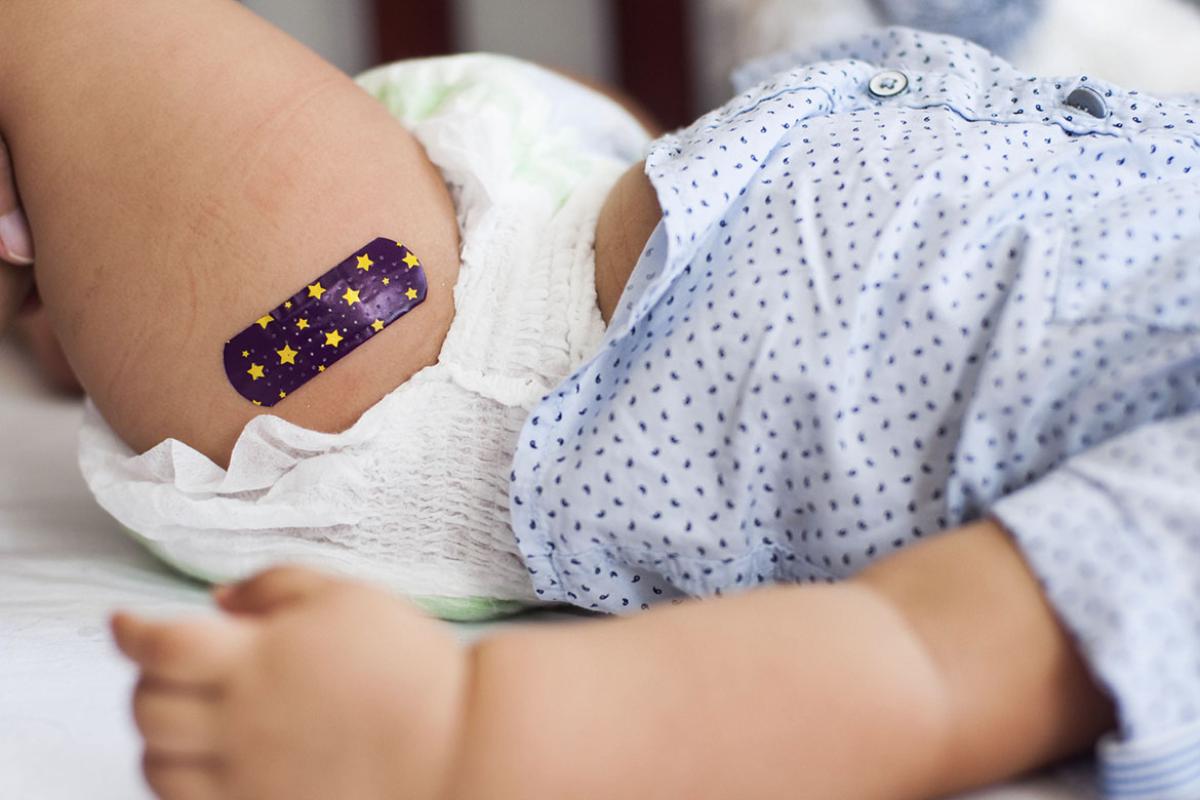Trauma is a harmful and costly public health problem resulting from violence, abuse, neglect, loss, disaster, war and other emotionally harmful experiences and is an almost universal experience of people with mental and substance-use disorders (SUDs), according to the U.S Substance Abuse and Mental Health Services Administration (SAMHSA).
Racism and systems of oppression can also be a cause. SAMHSA’s guidance notes that individual trauma “occurs in a context of community, whether the community is defined geographically as in neighborhoods; virtually as in a shared identity, ethnicity or experience.”
Traditional medical models still often fail to acknowledge how a patient’s personal and societal traumas—including gender issues or cultural and racial history—can affect their health, said mental health advocate Nadia Richardson, PhD, a professor at the University of Alabama at Birmingham School of Health Professions.
The guidance on this type of care is there, and “now we just need intentional strategies to put those things into action,” Richardson said during a recent episode of the AMA “Prioritizing Equity” video series focusing on the use of trauma-informed approaches to care.
The trend toward patient-centeredness has been a positive advancement in health care that has also given rise to using biopsychosocial approaches for better patient outcomes, she said.
“It puts patients in the middle of the conversation and allows them to name the trauma for themselves and empowers them to create their own wellness plan,” said Richardson, founder and executive director of No More Martyrs, a Birmingham-based mental health awareness campaign that supports Black women and girls with mental health concerns and connects them to culturally responsive care.
The AMA House of Delegates has adopted policy recognizing trauma-informed care as a practice that recognizes the widespread impact of trauma on patients, identifies the signs and symptoms of trauma, and treats patients by fully integrating knowledge about trauma into procedures to avoid retraumatization.
A SOAP note for trauma
There are many people suffering who need to be reassured that their trauma is real and should be addressed, said panelist L. Toni Lewis, MD, president and founder of New York-based Liberation Health Strategies.
Such patients may think, “‘Maybe my hurt doesn’t count because it’s not COVID or because it’s not depression or because I’m not suicidal,’” Dr. Lewis said, adding that trauma-informed care identifies wounds derived from mental, physical, spiritual and economic harms.
One way to approach this is by using the traditional subjective, objective, assessment and plan (SOAP) note structure to define a problem, assess what is needed to address it, identify what tools are available and then bring these components together, Dr. Lewis said.
Source of trauma—and resiliency
The historical and contemporary injustices inflicted on a community can also be sources of trauma, but the community’s culture and peer support can protect youth and build resiliency, said panelist Alec Calac, national policy director for the Association of Native American Medical Students.
He cited the American Public Media Research Lab’s figure that one in 475 Indigenous Americans have died from COVID-19, and described how intergenerational trauma and adverse childhood experiences contribute to the high rates of depression, self-harm, and other mental health crises seen in tribal communities.
“There is this complex history of genocide, structural racism, and trauma that continues to this day,” Calac said.
A member of the Pauma Band of Luiseño Indians in San Diego County, Calac is a medical student at the University of California, San Diego. He said that social media helps foster community and cultural preservation during COVID-19, especially through groups like Social Distance Powwow.
“We are never more than a generation away from cultural extinction and connection to culture has long been recognized as a behavioral health protective factor for our youth,” he said.
For Richardson, taking concrete steps to help improve access to trauma-informed care has another important benefit.
“With all the injustice we're facing, we can easily fall into this feeling of hopelessness and helplessness,” she said. “One of the ways I offset that is by becoming action-oriented. To me, advocacy and activism is a mental health strategy.”



